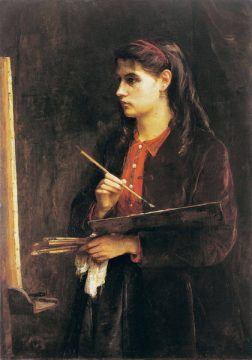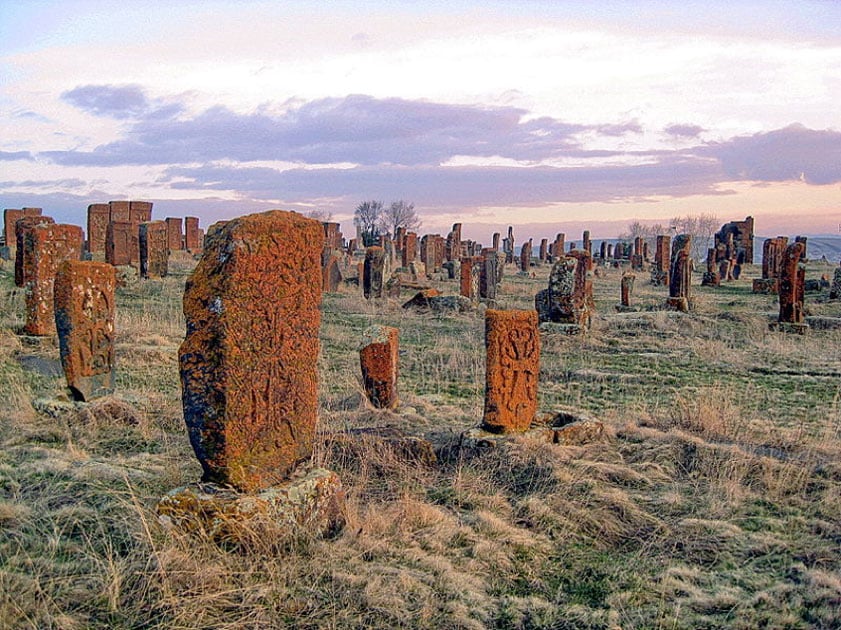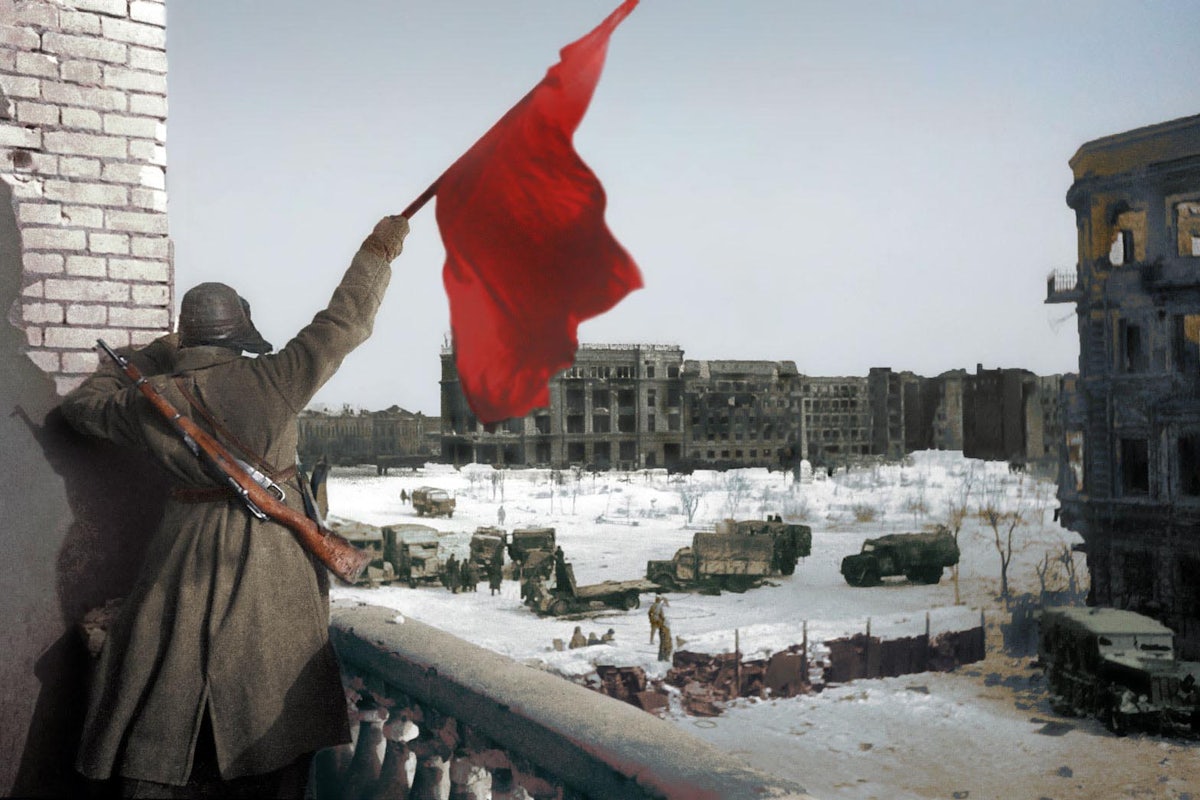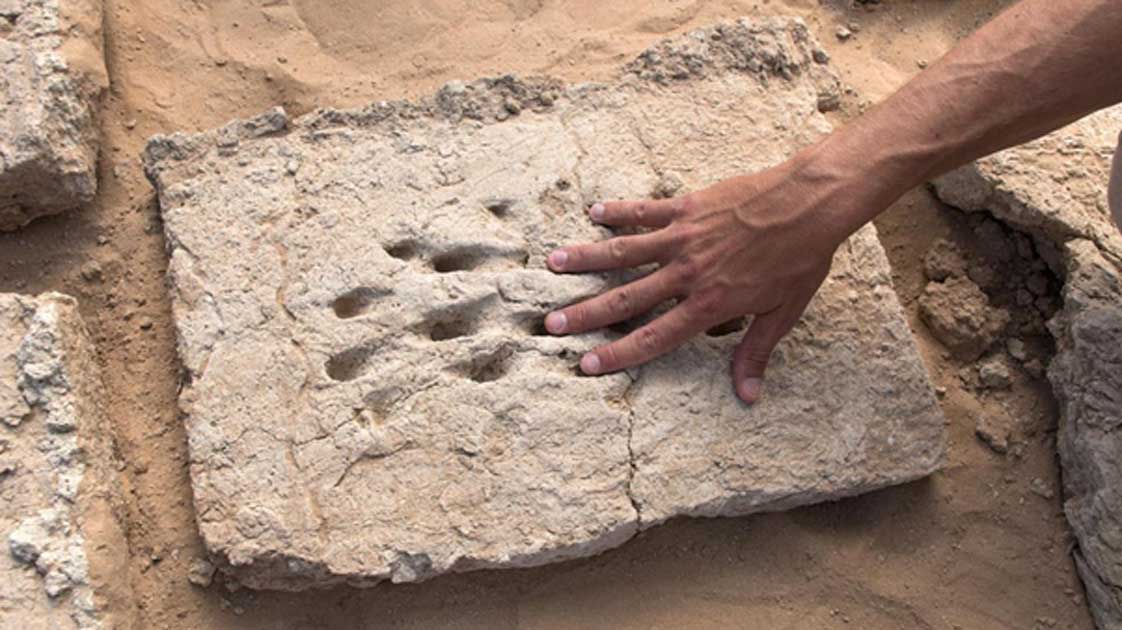via the Guardian by Hannah Devlin, Science Correspondent
Drinking vessels unearthed in Bavaria appear designed to be held by babies or toddlers

A reconstruction of a baby being fed using a vessel. Photograph: Helena Seidl da Fonseca/PA
Babies from prehistoric cultures were fed animal milk in small ceramic pots, according to a study that suggests bottle-feeding is not a modern phenomenon.
The drinking vessels, which were excavated from children’s graves in Bavaria, date to between 450 and 1,200BC. They have teat-shaped spouts, appear designed to be easily held by an older baby or toddler and one is shaped as an imaginary animal, suggesting it may have doubled as a toy.
Continue reading
==============================
via Ancient Origins by Morgan Smith

Primordial ocean. Credit: elen_studio / Adobe Stock
Almost without exception, mythological and folkloric traditions around the ancient world were concerned with the matter of deep time and the earth’s creation. While creation myths exhibit great variation and often echo the prevailing psychology of their respective peoples, there is one critical motif that remains relatively common to a range of broadly dispersed ancient cultures from Mexico and Peru to Egypt and Sumeria: the primeval waters.
These churning, chaotic primordial deeps feature consistently among ancient traditions and are often referred to by modern folklorists as the ‘cosmic ocean’. Rather than purely tabulating the widespread instances of this motif with the goal of highlighting their fundamental similarities, searching for shared meanings behind them may yield a more authentic understanding of the regular inclusion of the primeval waters within creation stories.
Continue reading
==============================
via Arts and Letters Daily: Ruth R. Wisse in National Affairs

What does it mean to think for oneself? Isaac Newton is famously pictured under a tree, the notion of gravity having occurred to him by the fall of an apple "as he sat in contemplative mood." So he told his biographer, but elsewhere he paid tribute to the scientists and philosophers who had honed his contemplative mind, saying, "If I have seen further it is by standing on the shoulders of Giants." An independent mind is cultivated by a tradition of intellectual independence and enabled by a society that allows such minds their freedom.
Irving Kristol had such an independent mind. Like Newton, Kristol's bold intellect was also formed by respect for a long tradition of critical thinkers. In his case, this was a rabbinic tradition whose mode of thought he had imbibed from the culture of his youth, even though he never quite embraced it. It is a mode of thinking that grapples with the reality of human nature, and it is fundamental to understanding Kristol and his legacy. It set him apart from his fellow intellectuals who disdained religion, and gave him the wisdom to see more clearly the foibles of his fellow man and the dangers they posed to a healthy society and self-governance.
Continue reading
==============================
via Boing Boing by Rob Beschizza
Faber-Castell's been making pencils since 1761 and wants to show-not-tell you about them. Wordless cinematography and a epic soundtrack right out of Hollywood.
Continue reading
==============================
]via Interesting Literature
The best thank you poems selected by Dr Oliver Tearle
‘Say it with flowers’, the old advertising slogan had it. But why not say it with a poem? Many poets have, indeed, given thanks to someone – a friend, a wife, a husband, a fellow writer – in a poem. Here are ten of the best poems to say thank you, poems of appreciation, and poems of thanks and gratitude. Thanks for reading!

Henrik Ibsen via Wikimedia Commons
Continue reading and take your time, this is, I believe, a really interesting selection. Not that any of the posts in Interesting Literature are uninteresting.
==============================
posted by Morgan Meis to 3 Quarks Daily: Julian Barnes at the LRB:

Edma Morisot’s portrait of Berthe (1865-68)
Many artists live with a shadow version of themselves: an awareness of how things might have been if they had done this and not that, if life had made this choice for them rather than that. The road not taken remains at the back of the mind. For some their shadow is an external presence, for others an inner haunting. Few can have experienced it more precisely, with more emotional complexity, than Berthe Morisot.
Continue reading
==============================
via Ancient Origins by Sarah P Young

Khachkars of Noratus, old cemetery. The oldest khachkars (Armenian cross-stones) are of 9-10th centuries, but the most of them are from 13-17th centuries. Source: CC BY-SA 3.0
The ancient village of Noratus, in the Gegharkunik region of Armenia, is a hidden gem with a number of historical monuments. The modern village was established in 1829, but it was first declared a settlement in the Middle Ages , and there are both Bronze and Iron Age monuments in the village.
Many people believe Noratus was first built by Gegham Nahapet, whose ancestor Hayk Nahapet is an important figure in Armenian history . The name Noratus translates simply to ‘new houses’.
At the southern edge of the village lies the St. Grigor Monastery. The monastery is generally attributed to the 13 th century, but the construction materials and building methods indicate a much earlier date of sometime before the 10th century.
Continue reading
==============================The ancient village of Noratus, in the Gegharkunik region of Armenia, is a hidden gem with a number of historical monuments. The modern village was established in 1829, but it was first declared a settlement in the Middle Ages , and there are both Bronze and Iron Age monuments in the village.
Many people believe Noratus was first built by Gegham Nahapet, whose ancestor Hayk Nahapet is an important figure in Armenian history . The name Noratus translates simply to ‘new houses’.
At the southern edge of the village lies the St. Grigor Monastery. The monastery is generally attributed to the 13 th century, but the construction materials and building methods indicate a much earlier date of sometime before the 10th century.
Continue reading
Why was his World War II novel "Stalingrad" shunned by publishers for so long?
via Arts and Letters Daily: Sophie Pinkham in The New Republic

In the Soviet Union, every literary work was a political statement, whether the writer liked it or not. Soviet censorship allowed some room for negotiation, but outside the USSR, official and dissident literature were perceived as polar opposites. This stark distinction imbued Soviet-era literature with a gratifyingly Manichaean quality, and Western readers became enamoured of the stories of books that had escaped to liberty while their authors remained at the mercy of the Soviet authorities. The more strenuous the Soviet efforts to suppress a work, the greater its frisson of the forbidden. Meanwhile, literature that had been published in the Soviet Union was most often ignored. This left Western readers with an imperfect understanding of the many authors who resorted to illicit publication only at desperate moments.
Continue reading
==============================
via Interesting Literature
Maya Angelou’s best poems, selected by Dr Oliver Tearle

Maya Angelou (1928-2014) was not just a poet, of course: she was an influential civil rights campaigner in the United States, and her autobiography, I Know Why The Caged Bird Sings, is a classic of the genre. But several of her poems are well-known, and she was popular as a poet during her lifetime and a couple of the poems that follow, at the very least, remain famous. Below, we’ve picked five of Maya Angelou’s very best poems, as a ‘way in’ to her work.
Continue reading
==============================
via Boing Boing by David Pescovitz

Amateur astrophotographer Ethan Chappel was using his telescope to look for Perseid meteors on Wednesday night when he happened to capture an image of something very large slamming into Jupiter. It was most likely a massive meteor.
Continue reading
==============================
via Ancient Origins by Ed Whelan

The ancient fingerprints of a worker who helped build a wall in ancient Al Ain. Source: Department of Culture and Tourism - Abu Dhabi / Fair Use .
Sometimes a discovery really brings the past alive. One such is the recent discovery of 3000-year old fingerprints that have been found in the United Arab Emirates . This discovery is allowing experts to better understand the skilled workmen of the period and indicating how ancient people were able to use their construction skills to develop a remarkable civilization in an arid landscape.
Continue reading
No comments:
Post a Comment